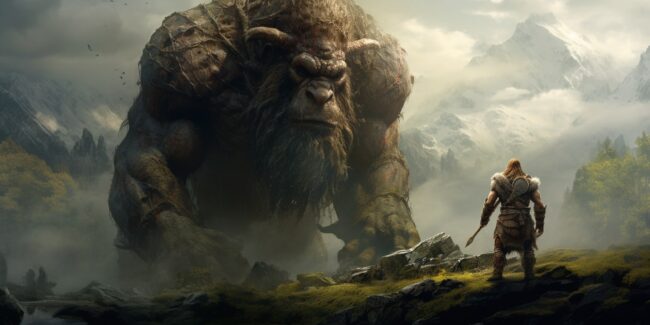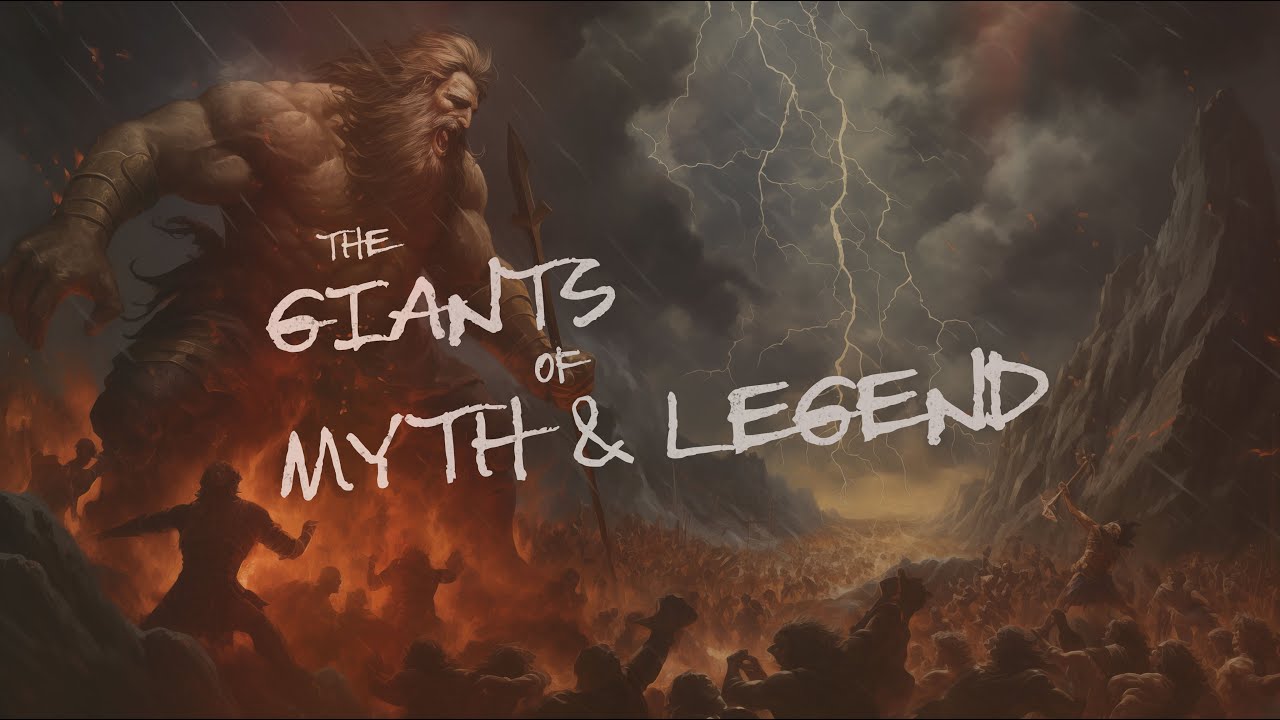The concept of “Huge Titans” has captured human imagination for thousands of years. From ancient myths of colossal gods and giants to the largest cre
The concept of “Huge Titans” has captured human imagination for thousands of years. From ancient myths of colossal gods and giants to the largest creatures known by science, the idea of beings of immense size and power continues to inspire awe, fear, and curiosity.
In this article, we explore the legend of Huge Titans in mythology, their scientific counterparts in nature, their role in culture and media, and the reasons behind their timeless appeal.
Must visit: swiftnewsnow

Origins: Titans in Ancient Mythology
The word “Titan” is most famously connected to Greek mythology. Titans were a powerful race of giant deities who ruled the cosmos before being overthrown by the Olympian gods.
Greek Mythology: The Primordial Titans
In Greek lore, the Titans were children of Uranus (Sky) and Gaia (Earth). These beings—like Cronus, Oceanus, and Hyperion—were immense and mighty, embodying elemental forces such as time, the oceans, and light.
The Titanomachy, a great battle between the Titans and the Olympian gods led by Zeus, symbolizes the clash between primordial chaos and emerging order. The Titans’ defeat and imprisonment represent the shift to a new cosmic era.
Titans Beyond Greece: Giants in Global Mythology
The idea of enormous giants appears worldwide:
- Norse Jötnar: Giants who live in Jotunheim, often adversaries or ancestors of gods.
- Biblical Nephilim: Mysterious giants mentioned in the Old Testament.
- Hindu Daityas and Asuras: Giant-like beings in eternal conflict with gods.
- Native American Giants: Various tribes tell stories of massive beings with great strength.
This global presence of giants shows how the concept reflects universal human fascination with size, strength, and power.
Symbolism of Huge Titans
Titans are not only about physical largeness. Their symbolism runs deep:
- Power and Authority: Titans represent raw, untamed power.
- Cosmic Forces: They embody natural phenomena—storms, seas, time.
- Rebellion and Change: The Titanomachy myth reflects the upheaval of old orders by new powers.
- Endurance and Legacy: Titans often symbolize enduring forces that shape the world.
This symbolic richness is why Titans remain relevant in stories and culture today.
Scientific Titans: Real Giants of the Natural World
Human fascination with enormous beings extends beyond myth into the realm of science and natural history.
Prehistoric Giants
The fossil record reveals giants that once roamed Earth:
- Dinosaurs: Argentinosaurus, one of the largest dinosaurs, could grow over 100 feet long.
- Megalodon: A prehistoric shark estimated to be up to 60 feet in length.
- Pleistocene Megafauna: Giant mammoths and saber-toothed cats dominated Ice Age landscapes.
These creatures demonstrate nature’s capacity to produce awe-inspiring giants.
Largest Living Creatures Today
The blue whale is the largest animal alive, growing up to 100 feet and weighing over 200 tons. Despite its massive size, it feeds on tiny krill, underscoring the diversity of life’s scale.
Other large animals, such as elephants and giraffes, also inspire wonder and symbolize strength in nature.
Human Gigantism
Gigantism in humans, a rare hormonal disorder causing excessive growth, captures our imagination by blurring the lines between ordinary and enormous. Though not comparable to mythical Titans, it reflects our interest in the extremes of size.
Titans in Popular Culture
The image of Huge Titans continues to dominate modern storytelling.
Literature
From ancient epics to contemporary fantasy novels, Titans and giant beings are recurring characters. Modern authors reimagine Titans as cosmic forces or powerful antagonists, blending myth with new narratives.
Film and Television
Films such as Clash of the Titans retell ancient myths with modern effects, bringing Titans vividly to life. The anime Attack on Titan offers a unique take, depicting Titans as terrifying humanoid creatures threatening humanity.
Video Games
Games often feature Titans as colossal bosses or allies. Titanfall showcases mechanized Titans in futuristic combat, while Shadow of the Colossus centers on battles against giant creatures.
Comics and Graphic Novels
Characters like Marvel’s Thanos, dubbed “the Mad Titan,” draw on Titan mythology to create powerful villains with cosmic scope.
Why Do Titans Fascinate Us?
- Awe and Fear: Titans evoke primal emotions related to power and vulnerability.
- Symbolism of Challenges: They represent monumental challenges or forces beyond control.
- Metaphor for Life’s Struggles: Titans personify inner and outer conflicts.
- Escapism and Wonder: Stories about Titans transport us into worlds of grandeur and fantasy.
Titans in Language and Metaphor
“Titan” is now a common metaphor for greatness and dominance:
- “Titan of industry” means a powerful business leader.
- “Titanic” describes something enormous or powerful.
- These uses highlight the cultural penetration of the Titan archetype.
Artistic and Philosophical Impact
From ancient sculptures to modern art, Titans symbolize strength and upheaval. Philosophers use Titans to discuss power, rebellion, and transformation, connecting myth to human experience.
Conclusion
Huge Titans—mythic, prehistoric, or metaphorical—continue to captivate humanity. They embody the forces that shape worlds and lives, inspiring awe and reflection across time.
Whether through ancient stories, fossil discoveries, or modern media, Titans remain powerful symbols of might, endurance, and change.
FAQs
Q1: What are Titans in Greek mythology?
A: Titans are giant primordial gods who ruled before the Olympian gods and symbolize primal forces of nature.
Q2: Are Titans found in other cultures?
A: Yes, many cultures have legends of giant beings, such as Norse Jötnar and biblical Nephilim.
Q3: What do Titans symbolize?
A: Titans symbolize power, rebellion, natural forces, and the struggle between chaos and order.
Q4: What real creatures are considered natural Titans?
A: Prehistoric dinosaurs like Argentinosaurus and modern animals like the blue whale.
Q5: Why do Titans remain popular in stories?
A: Because they represent awe-inspiring power, monumental challenges, and deep symbolic meanings.




COMMENTS